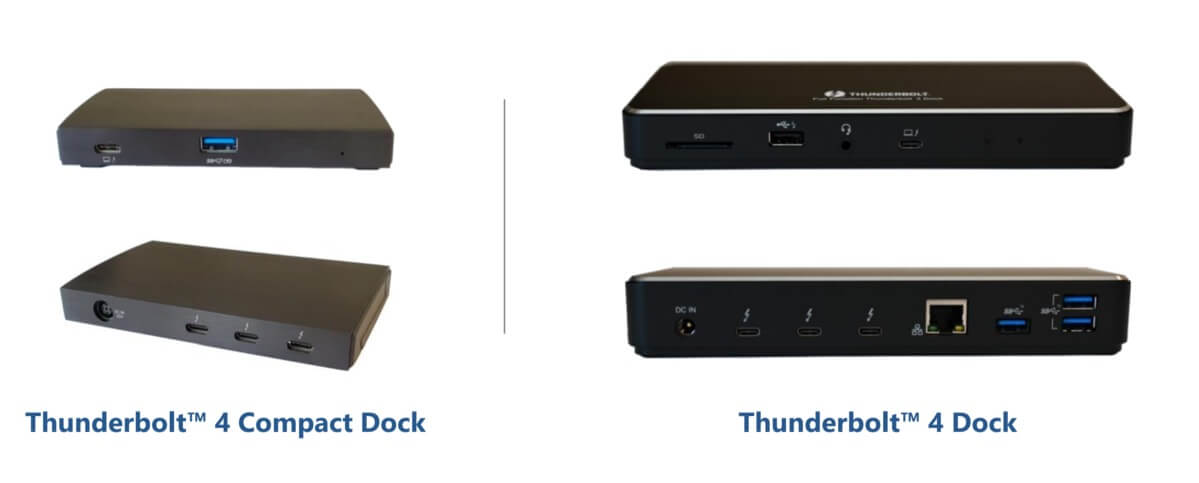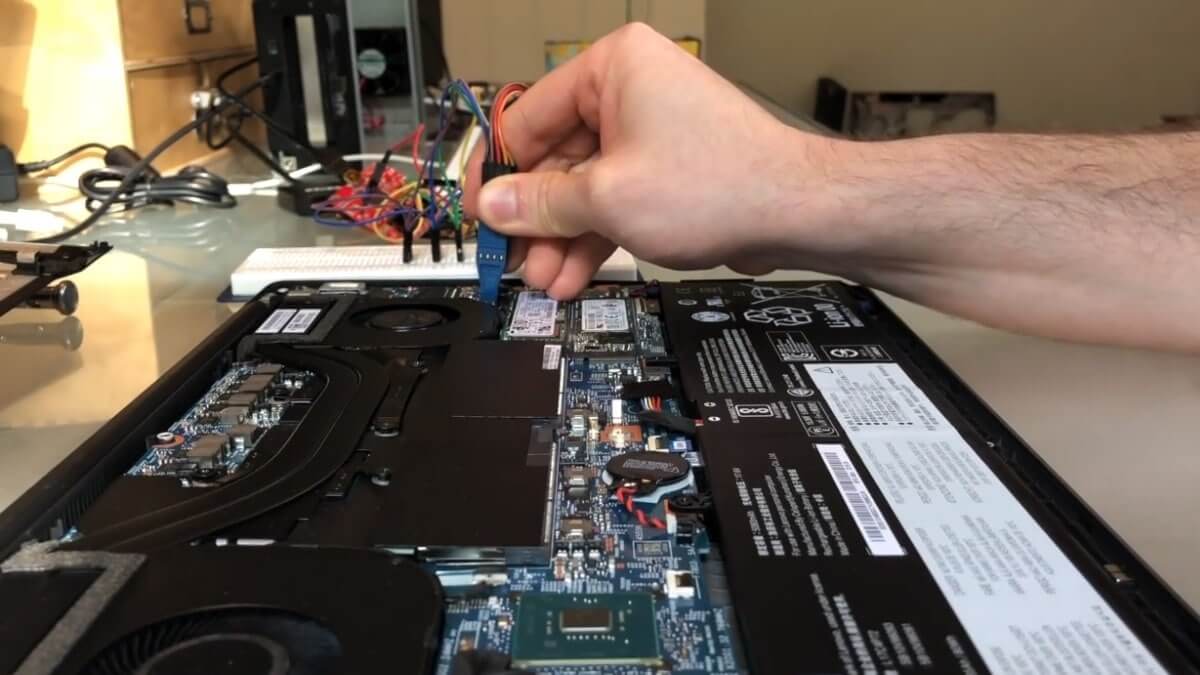In brief: Thunderbolt 4 is here and adds impressive capabilities in every Type-C port that will support it. The new standard is meant to declutter your desk space and push everyone towards universal cables, but USB4 looks more likely to dominate in the long run.
Today, Intel announced the Thunderbolt 4 specification with a series of improvements over Thunderbolt 3. The new standard will offer the same speed of up to 40 Gbps, but is designed to remove some of the confusion that has governed the Thunderbolt 3 realm for a decade.
As expected, Thunderbolt 4 is USB4-compliant and will debut with Intel's upcoming Tiger Lake mobile CPUs, courtesy of the Maple Ridge 8000 Series controller. The new protocol is also backwards-compatible with all Thunderbolt 3 and USB 3.1 (or higher) devices and accessories.
Intel says Thunderbolt 4 will support up to two 4K monitors or one 8K monitor at 60 Hz, which is a welcome improvement over the previous standard. And while Thunderbolt 3 only required 16 Gbps PCIe connections, Thunderbolt 4 requires 32 Gbps of PCIe bandwidth to do its magic and allow external storage speeds of up to 3,000 MB per second.

Thunderbolt 4 docks will support up to four ports in a smaller form factor, and Intel says host PCs will need to support waking from sleep when a device is connected to the dock. Furthermore, these systems will be required to support charging on at least one port, which should put the final nail in the coffin for barrel-type chargers in new laptops.
When you buy a Thunderbolt 4 cable, there's only one flavor instead of the confusing mess of various USB standards that all use the same USB Type-C interface. There are three standard cable lengths of 0.2 m, 0.8 m, and 2 m that are supposed to be less expensive compared to Thunderbolt 3 equivalents. Come next year, we'll also be able to buy Thunderbolt 4 cables that are 5 to 50 meters in length.

Security has also been improved, as Intel requires manufacturers that want to implement Thunderbolt 4 support in their PCs to also provide support for VT-d-based direct memory access. The move comes after experts in the security community have shown how easy it would be for motivated entities to exploit the protocol and get full access to user data on almost any PC with Thunderbolt 3 ports.
This inevitably leads to the question of whether Intel has just made it harder for AMD to get on the Thunderbolt 4 train. Theoretically, there's nothing stopping AMD from coming up with an equivalent feature to VT-d in its IOMMU implementation. On the other hand, AMD seems more interested in USB4, which is expected to become more widespread.
It will also be interesting to see if Microsoft will eventually add Thunderbolt in its Surface products, being that security was the only deal-breaker. And with Apple moving its Mac lineup to ARM with no word on Thunderbolt support, it looks like Thunderbolt 4 could see a rather limited adoption.
Intel says the first PCs to feature Thunderbolt 4 connectivity will be laptops of the "Project Athena" variety that are powered by 11th generation Tiger Lake CPUs.